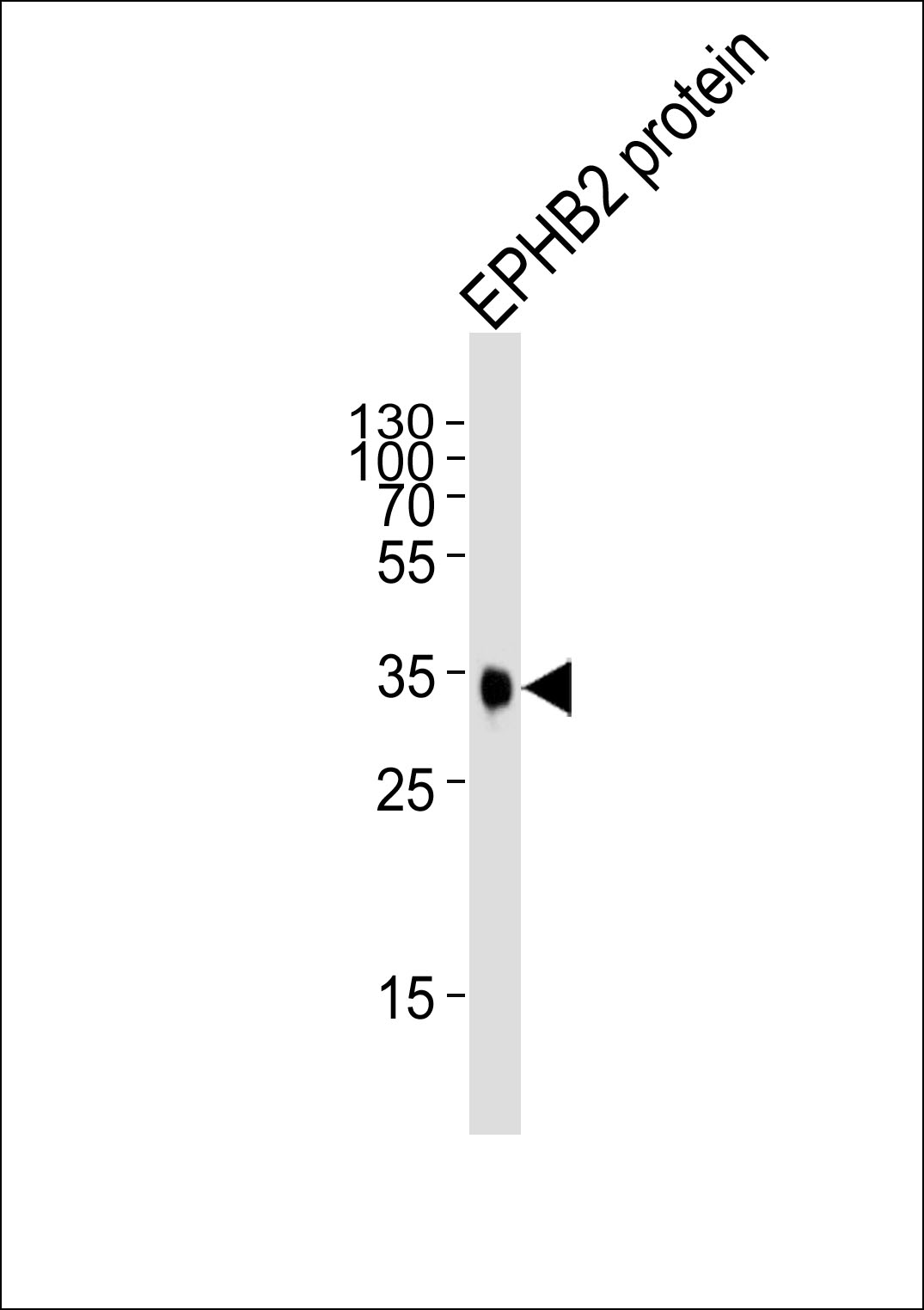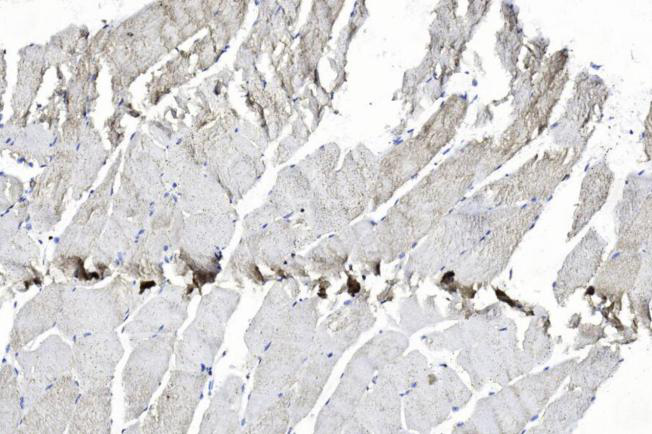产品名称
EPHB2 (19D3) Mouse Monoclonal Antibody
别名
Ephrin type-B receptor 2, Developmentally-regulated Eph-related tyrosine kinase, ELK-related tyrosine kinase, EPH tyrosine kinase 3, EPH-like kinase 5, EK5, hEK5, Renal carcinoma antigen NY-REN-47, Tyrosine-protein kinase TYRO5, Tyrosine-protein kinase receptor EPH-3, EPHB2, DRT, EPHT3, EPTH3, ERK, HEK5, TYRO5
Human Gene ID
NP_004433.2;NP_059145.2
Human Swissprot No.
P29323
特异性
Purified His-tagged EPHB2 protein(Fragment, between amino acids 127~425) was used to produce this monoclonal antibody.
稀释度
WB~~1:1000;IHC~~1:400
背景介绍
Ephrin receptors and their ligands, the ephrins, mediate numerous developmental processes, particularly in the nervous system. Based on their structures and sequence relationships, ephrins are divided into the ephrin-A (EFNA) class, which are anchored to the membrane by a glycosylphosphatidylinositol linkage, and the ephrin-B (EFNB) class, which are transmembrane proteins. The Eph family of receptors are divided into 2 groups based on the similarity of their extracellular domain sequences and their affinities for binding ephrin-A and ephrin-B ligands. Ephrin receptors make up the largest subgroup of the receptor tyrosine kinase (RTK) family. The protein encoded by this gene is a receptor for ephrin-B family members.
组织表达
Brain, heart, lung, kidney, placenta, pancreas, liver and skeletal muscle. Preferentially expressed in fetal brain
细胞定位
Cell membrane; Single-pass type I membrane protein. Cell projection, axon. Cell projection, dendrite


